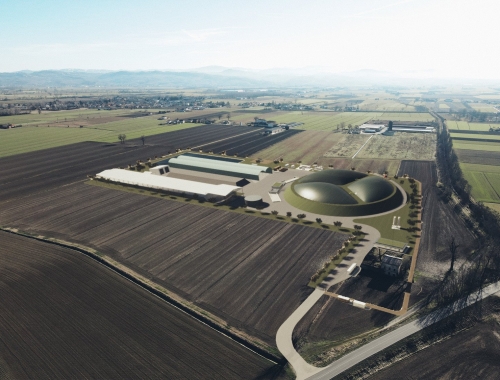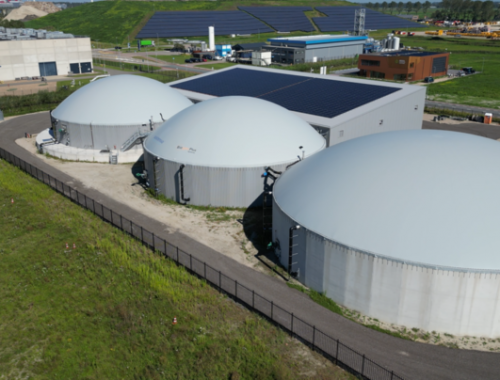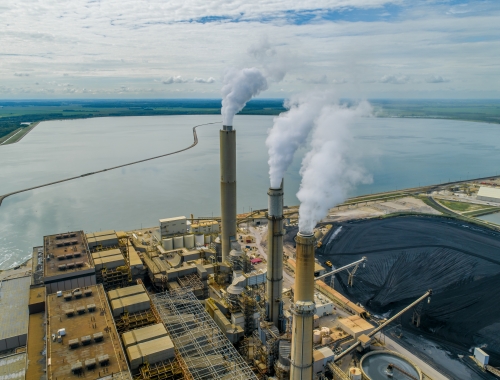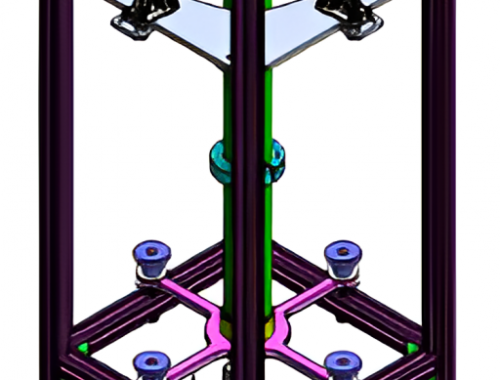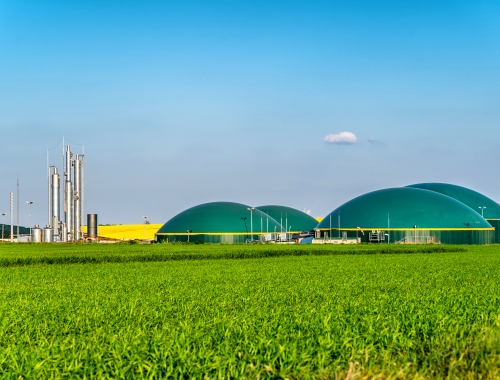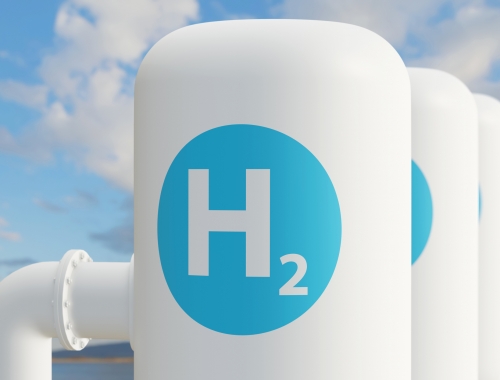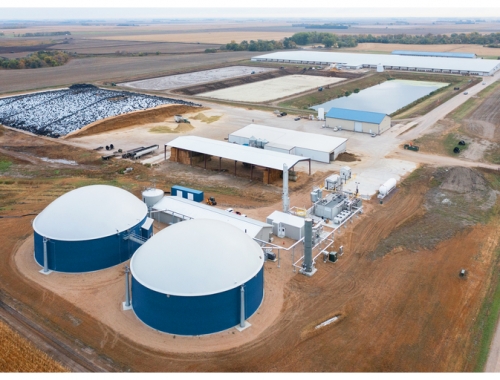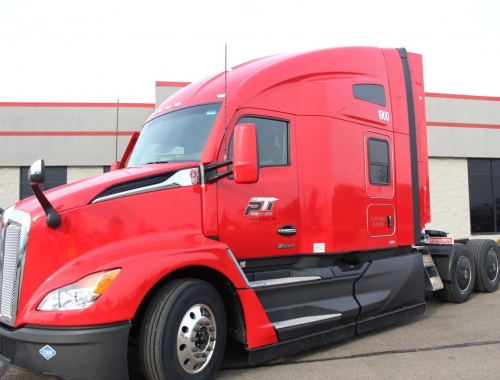US federal report finds flaws in CCS project selection
SUMMARY
The report found the government spent more than planned in some cases because cost controls were scrapped.
By Daniel GraeberPOSTED IN:
The US Government Accountability Office (GAO) in a report published December 20 found the federal government could do a better job in vetting carbon capture and storage (CCS) projects before releasing funds for demonstration projects.
The US Department of Energy has invested $1.1bn in 11 projects since 2009 that were intended to showcase CCS capabilities at coal-fired power plants and industrial facilities.
The GAO found the department wound up spending $300mn more than initially planned on four projects that were never built because top management allowed cost controls to be sidelined in order to help struggling coal projects.
One of the CCS projects for coal started operations, but shut down last year because of “changing economic conditions.” That was the Texas-based Petra Nova facility. There are no longer any CCS projects associated with coal plants operating in the US.
Three industrial projects were approved for funding, but one of those was cancelled because the facility it was slated for was never realised.
CCS is costly, though the International Energy Agency (IEA) said sweeping generalisations on price are difficult to pin down. It puts the range from $15/mt to as high as $120/mt of captured CO2.
To do better, the GAO called on US lawmakers to provide greater oversight on CCS demonstration projects. The Department of Energy, meanwhile, should improve project selection.
“DOE neither agreed nor disagreed with the recommendations,” the GAO said in its report.

